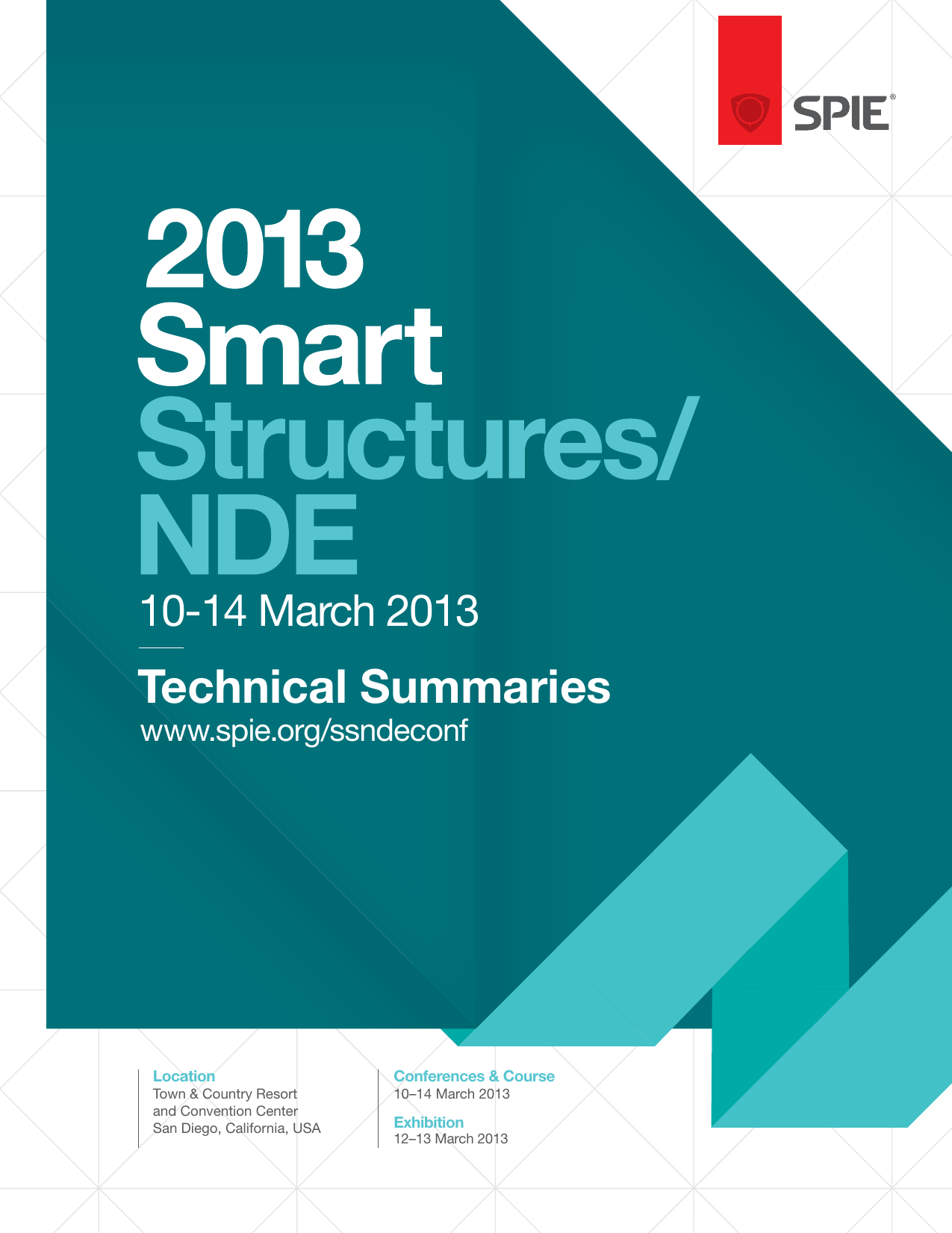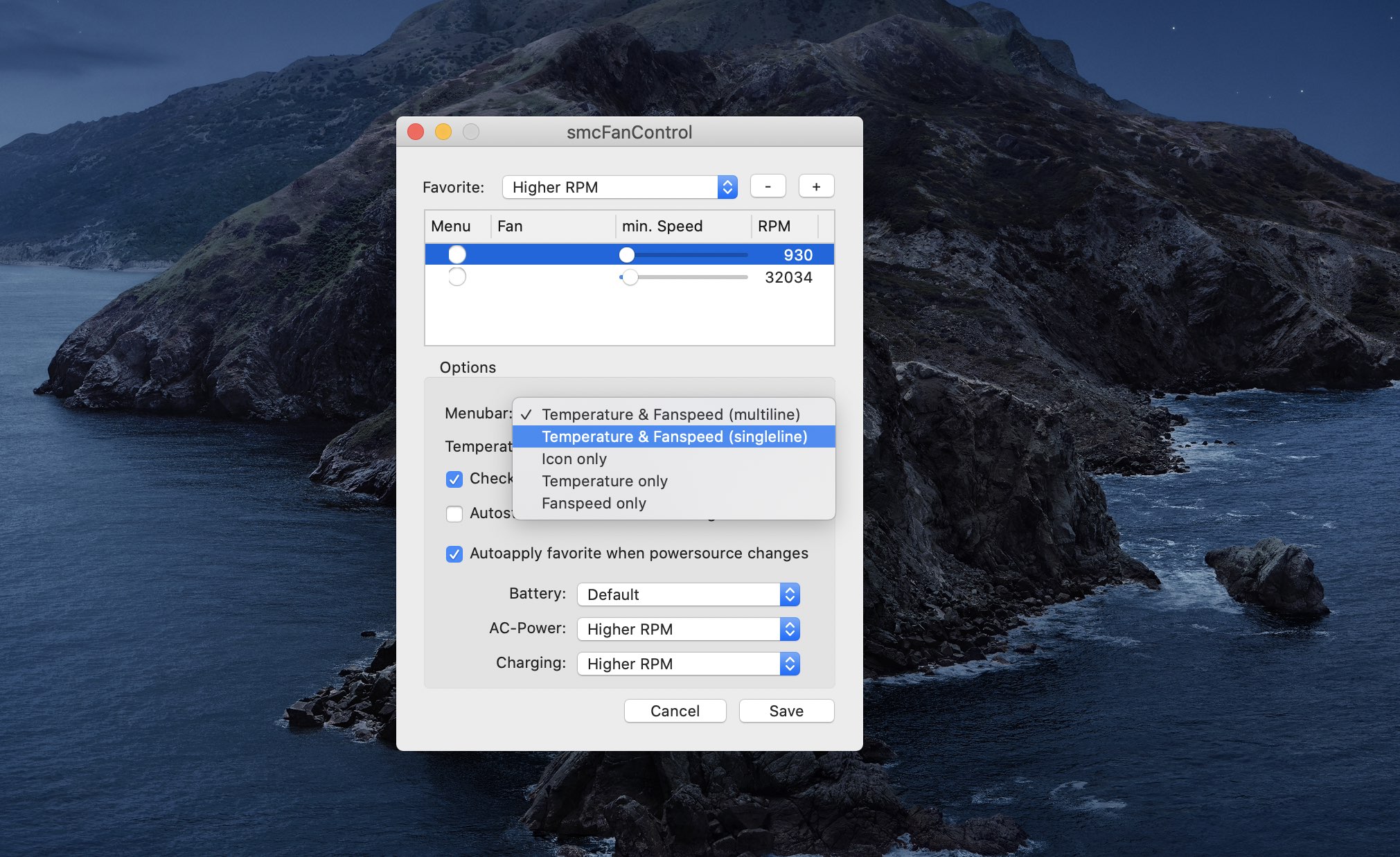
The simulation results verify that mismatch of the back-EMF waveform and commutation method produces ripple rich torque. As quoted by Shiyoung Lee, Ph.D., A COMPARISON STUDY OF THE COMMUTATION METHODS FOR THE THREE-PHASE PERMANENT MAGNET BRUSHLESS DC MOTOR), The motor windings can be wound to either give trapezoidal or sinusoidal feedback, which relates to the control methods mentioned further down on this page. Ripple torque is mainly due to fluctuations in the field distribution. Ripple torque is the torque produces by the interaction between the stator and rotor MMF. The 3 phases of a BLDC motor are usually labelled either A, B, C or U, V and W.Ĭogging torque is due to the variation in airgap permanence or reluctance of the stator teeth and slots above the magnets as the motor rotates. Note that if the motor has more than 1 pole pair, you cannot orientate the motor to a known mechanical position without some type of feedback (hall-effect, encoder).

If the motors datasheet instead states the number of poles, this is just 2x num. Typical BLDC motors have a number of pole pairs varying from 1 to 5. The number of pole pairs is equal to the number of electrical revolutions per mechanical revolution. The lower the inductance, the higher the PWM needed to the same current ripple. The winding inductance has the useful property of limiting the rate of change of current through the motor, and is what allows you to use PWM to produce smooth current.

#SMC FAN CONTROL SHOWS 000RPM FULL#
Mechanical Time Constant: The time for the motor to spin up to full speed at rated voltage.You shouldn’t be able to feel this ‘bumpy’ phenomenon on motors with small cogging torques. For smooth operation at low speeds (< 100rpm), the cogging torque has to be small (or nothing at all). This causes the rotation of the axle to feel ‘bumpy’ if rotated by hand when it’s not being driven. Cogging torque - This is the maximum torque the motor has when it is not being driven.The motor can be driven at slightly higher speeds than those rated by a technique that is called ‘flux weakening’

Rated Speed: Most are rated in the range of 3000-6000rpm.All other things being equal, higher-quality motors will have a higher torque constant. Torque Constant: An important parameter which relates the torque to the DC current draw.


 0 kommentar(er)
0 kommentar(er)
